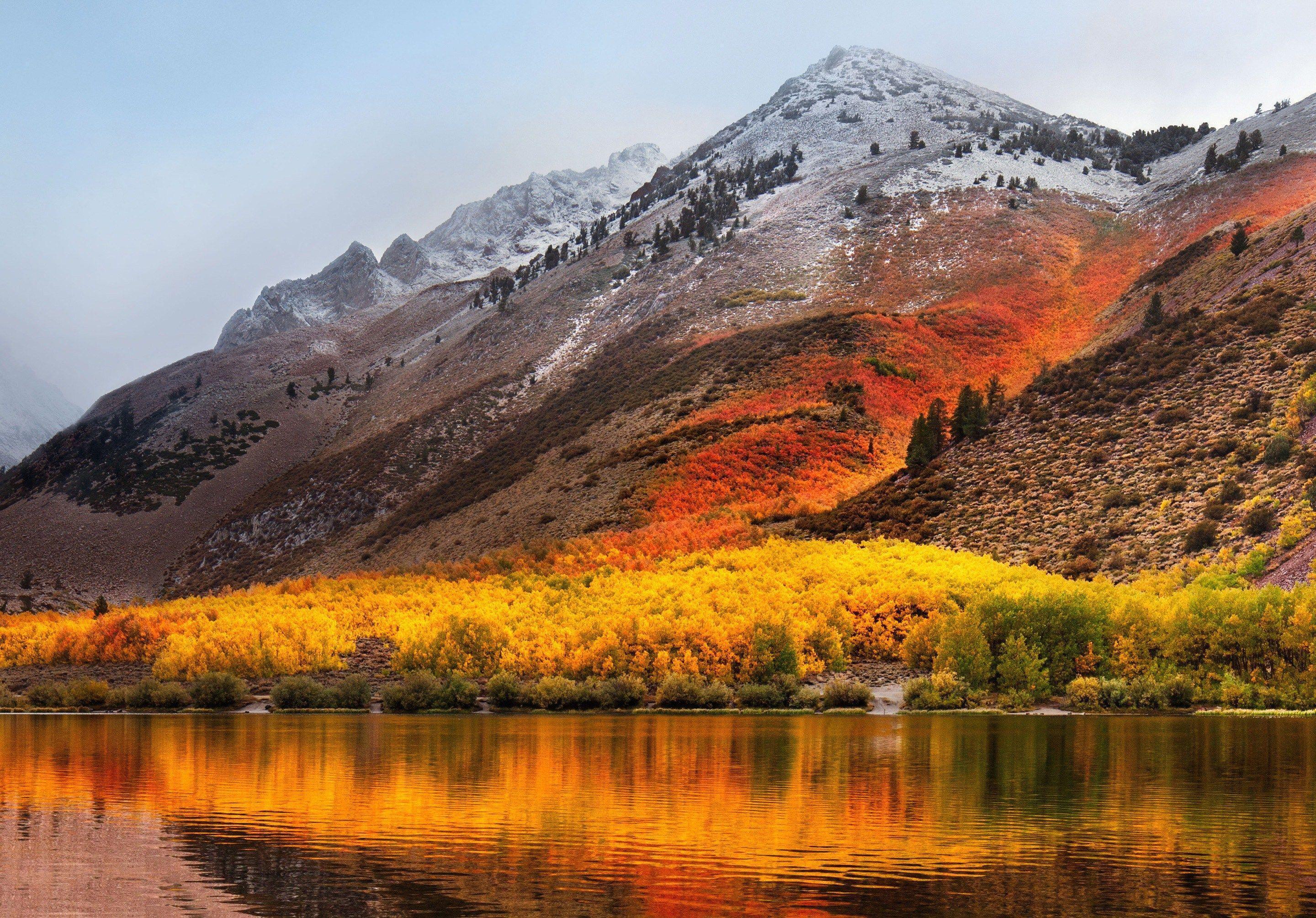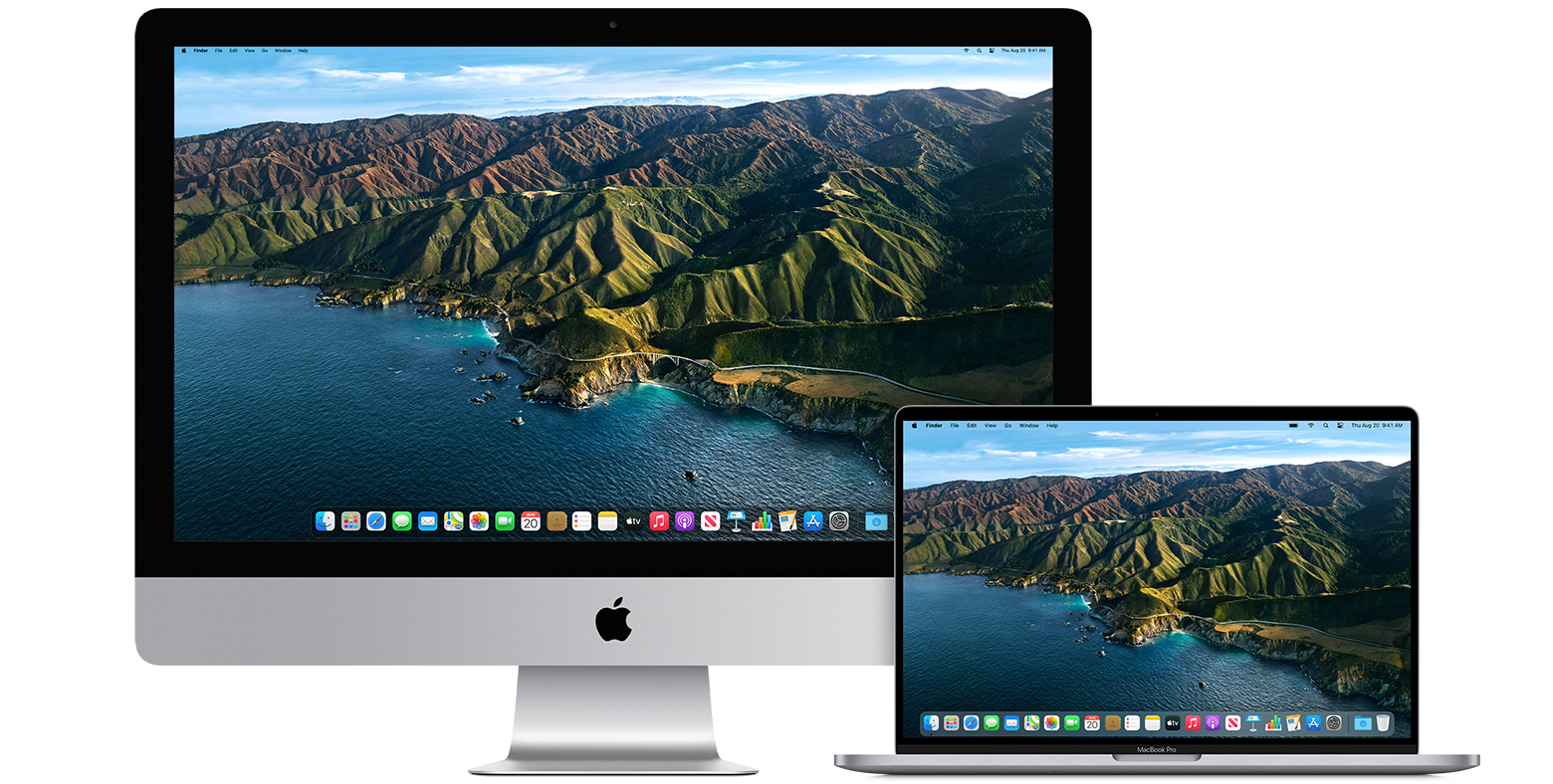- Migrate Data From High Sierra To Catalina
- Update From High Sierra To Catalina
- From High Sierra To Catalina
- Can I Upgrade From High Sierra To Catalina
macOS High Sierra is the fourteenth major release of Apple desktop operating system for Macintosh PCs. For the first time, macOS High Sierra was announced at the Worldwide Developer Conference 2017. Finally, the full version was released on September 25, 2017. The name of the macOS High Sierra was taken from a beautiful place located in America California. Also, macOS High Sierra’s latest version code is 10.13.6. This brings many latest features including a new brand file system. The other feature like lots of changes on the Photos App for better editing. Almost, fastest Safari App up to 80% then Google Chrome, the moment of macOS High Sierra.
Download macOS High Sierra 10.13.6 DMG file – Full
When macOS High Sierra released included much bugs, and by the passage of time fixed. However, after macOS High Sierra macOS Mojave released. And now its 2019 and comes time to macOS Catalina 10.15. Now suggest you install macOS Catalina on your PCs because like Windows 7 it might not be safe. macOS Catalina is included many beautiful features than the old version of the macOS operating system.
- Related: Install macOS High Sierra on VMware on Windows PC New Method When you use VirtualBox, you’re actually running two or more operating system. Like, when you install and run macOS, you’re actually running two environments on top of the another.
- Step 4: Reinstall macOS Catalina. After you have erased your hard drive, you will want to reinstall Catalina. NOTE: If your Mac came with macOS Catalina, you can restart your Mac while holding down Shift-Option-Command-R to enter Internet Recovery Mode and install the operating system that came with your Mac. Otherwise, follow the steps below.
- If the computer fails to boot, create an external startup disk; restart your computer is safe mode and try to reinstall macOS High Sierra. Mac OS High Sierra Download Conclusion. The newest version of macOS High Sierra works on Macs, MacBook’s, and has many new features. A stable release of macOS High Sierra will avoid any random crashes.
Furthermore, macOS High Sierra comes with higher internet revel, easily open your favorite website, manage emails, and many other things. The following macOS High Sierra supports the below computers to install.
MultiBeast, the ultimate post-installation utility, has been updated to version 10.4.0 for macOS High Sierra 10.13.6. MultiBeast is an all-in-one post-installation utility designed to enable boot from a hard drive. It also features a collection.
- iMac late 2009 or later
- MacBook late 2009 or later
- MacBook Pro 2010 or later
- MacBook Air 2010 or later
- Mac Mini 2010 or later
- Mac Pro 2010 or later
- For the installation, it requires at least 2GB RAM and at least 15GB of storage.
- iMac 2015 or later, Mid 2017 or newer
- MacBook Early 2015 or later
- MacBook Pro 2016 or later
- iMac Pro 2017
- MacBook Pro 2016 or later
- iMac 2017 or later
- iMac Pro 2017
Related:[Ultimate Guide] Install macOS Big Sur on VirtualBox on Windows PC
macOS High Sierra 10.13.6 included features
There are some features of macOS High Sierra 10.13.6 in the below listed. If you got interesting then read it. Also, if you are not familiar with macOS High Sierra features read this.
- Improved security and performance in macOS High Sierra 10.13.6
- Split to work with multiple programs
- Multiple security enhancement and background improvements
- Better switching between programs details
- A power search spotlight for searching internal language
Related:Download macOS High Sierra ISO for VMware & VirtualBox
Download macOS High Sierra 10.13.6 DMG file
You can download the macOS High Sierra DMG file from different platforms. But indeed we have prepared the file and ready for you to download. Here’s the file.
Get the Latest Version macOS Images by Joining our Patreon
Get without password and easy to access and latest version of macOS files on our patreon.
If there’s some problem with downloading, you may fix it with the steps below.
If you are interested to install macOS High Sierra on VirtualBox and VMware Workstation on Windows PC. Then you have to download the VMDK File from the below-given link.
The installation process on VMware or VirtualBox is pretty easy. But again if you don’t know that, don’t worry we covered the installation process for you. Check the below link.
Final Point
That’s all about macOS High Sierra 10.13.6 DMG file. However, if there is something then feel free to share with us below in the comment section. In addition, your feedback is a big support for us to share your feedback about this article.
It’s been 20 years since macOS X first arrived. Since then, there have been 15 different versions of OS X. Some were revolutionary, while others have stayed the course.
Of course, the question for almost any Mac user is which version of OS X is best. Most machines are compatible with several versions, so you can choose.
Many people wonder about High Sierra vs Mojave. Mojave is the second-most recent version of OS X, and the last one to have support for 32-bit apps. High Sierra is the version before that, which builds on Sierra.
So, which is better? This guide will help you compare the two.
High Sierra vs Mojave
When it comes to macOS versions, Mojave and High Sierra are very comparable. The two have a lot in common, unlike Mojave and the more recent Catalina.
Like other updates to OS X, Mojave builds on what its predecessors have done. It refines Dark Mode, taking it further than High Sierra did. It also refines the Apple File System, or APFS, that Apple introduced with High Sierra.
APFS replaces the old Hierarchical File System (HFS+). It changes the way your computer organizes data. Apple had introduced it to mobile devices since it can help save space.
It also makes the process of copying files faster, among other things. True APFS functionality for fusion drives didn’t arrive until Mojave rolled out, though.
Another key difference between the two versions is support for 32-bit apps. With Mojave, Apple said they were no longer supporting 32-bit apps without compromise.
So, while a 32-bit app will still run on Mojave, it might act a bit strange. Functionality may be reduced or you may notice the app crashes a lot.
Still, Mojave will run 32-bit apps, unlike Catalina. If you want to keep running 32-bit apps without issue, though, High Sierra is your best bet. It supports 32-bit apps fully.
More Compatibility With iOS
Mojave continued the trend toward “iPadification.” More iOS apps made their way to macOS, as well as features.

High Sierra, for example, allows your Messages history to be kept in sync across devices. Mojave introduced a feature that allows you to choose your iPhone as a method of “content capture” while you’re working on your Mac.
Some iOS apps, like News, made their way to macOS with Mojave. If you’re using an older version of the OS, these apps won’t be available to you.
A True Dark Mode With Mojave
Dark Mode was first introduced in macOS El Capitan. Sierra called it “Night Shift.” High Sierra also included a Dark Mode, but users were less than impressed.

If you’re using Sierra or High Sierra, you can get more info about how to use Night Shift.
In High Sierra, the best you can get is a “dark” menu bar. Almost everything else remains bright. Even some of Apple’s own software defies dark mode and remains bright on the screen.
Mojave fixes this issue. Dark Mode now applies to every feature of every app, across the system. It’s truly a dark mode.
Many users like dark mode because it reduces eye strain. It’s particularly helpful for anyone who does a lot of work late at night or in a darkened room. Many users are familiar with dark mode from mobile apps, so they’ll be happy to see this option available.
Finder and Desktop Stacks
Other changes between High Sierra and macOS Mojave have to do with your desktop and the Finder. These features could help you stay a little more organized.
macOS Sierra had introduced Share Desktops, while Mojave introduces Desktop Stacks.
Mojave groups files, folders, and photos you drag onto your desktop. You’ll no longer need to hunt for a particular document. Instead, you can click on the relevant stack to see a list of files of that type.
Mojave also makes changes to Finder. It combines Quick Look and the Markup tools that first appeared back in 2014. You can now make changes to documents without even opening them.
Mojave also introduced Gallery View to Finder. It also makes screenshots work similar to iOS.
Which Is Better?
Mojave has some distinct advantages over High Sierra, but which one is really better? Choosing between macOS Mojave vs High Sierra depends on what you want to do with your Mac.
If you have a fusion drive, then Mojave is almost certainly the better bet for you. The refinements to APFS translate into a speedier computer and help you free up space.
If you’re a fan of dark mode, then you may well want to upgrade to Mojave. If you’re an iPhone or iPad user, then you may want to consider Mojave for the increased compatibility with iOS.
If you plan to run a lot of older programs that don’t have 64-bit versions, then High Sierra is probably the right choice. If you’re not concerned with integration between your iPhone and your Mac, then High Sierra could be the right choice.
Migrate Data From High Sierra To Catalina
Is Your Computer Compatible?
Before you decide to install either High Sierra or Mojave, you should make sure your computer is compatible.
Update From High Sierra To Catalina

Mojave will run on most Mac computers newer than 2012, with a few exceptions. MacBooks will need to be 2015 or newer, while iMac Pro computers will need to be 2017 or newer.
Mac Pro models from late 2013, mid-2012, and mid-2010 will also run Mojave. Most Macs from 2009 or 2010 will run High Sierra.
Get the Most out of Your Mac

If you’re not ready to make the leap to macOS Catalina, then Mojave or High Sierra could be the right choice. The winner of High Sierra vs Mojave depends on what features you want to see in your operating system.
As Apple keeps upgrading its OS, it’s bringing more apps to desktop platforms. Wondering if it’s a good idea to invest in a mobile app for your business? Discover how this and other tech can help you grow.
From High Sierra To Catalina
Related Posts
Can I Upgrade From High Sierra To Catalina
2 - 2
